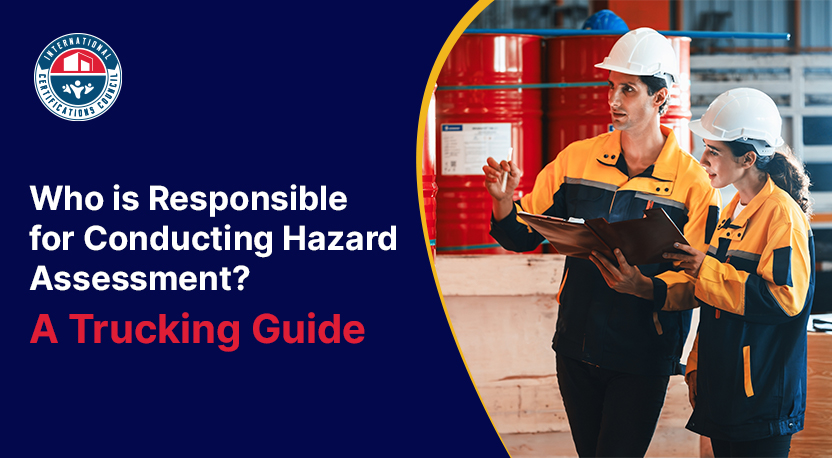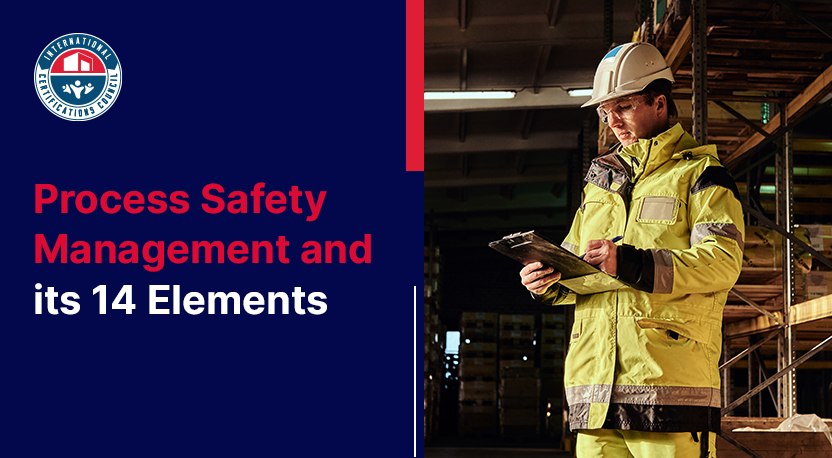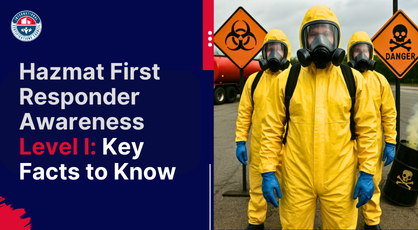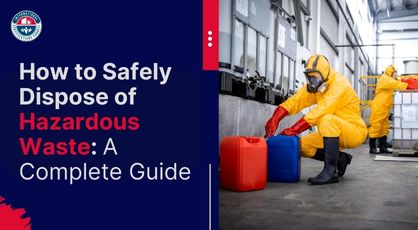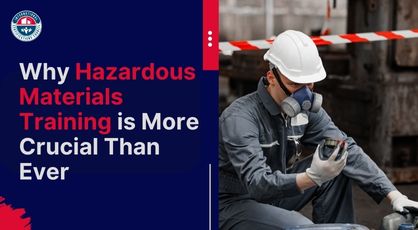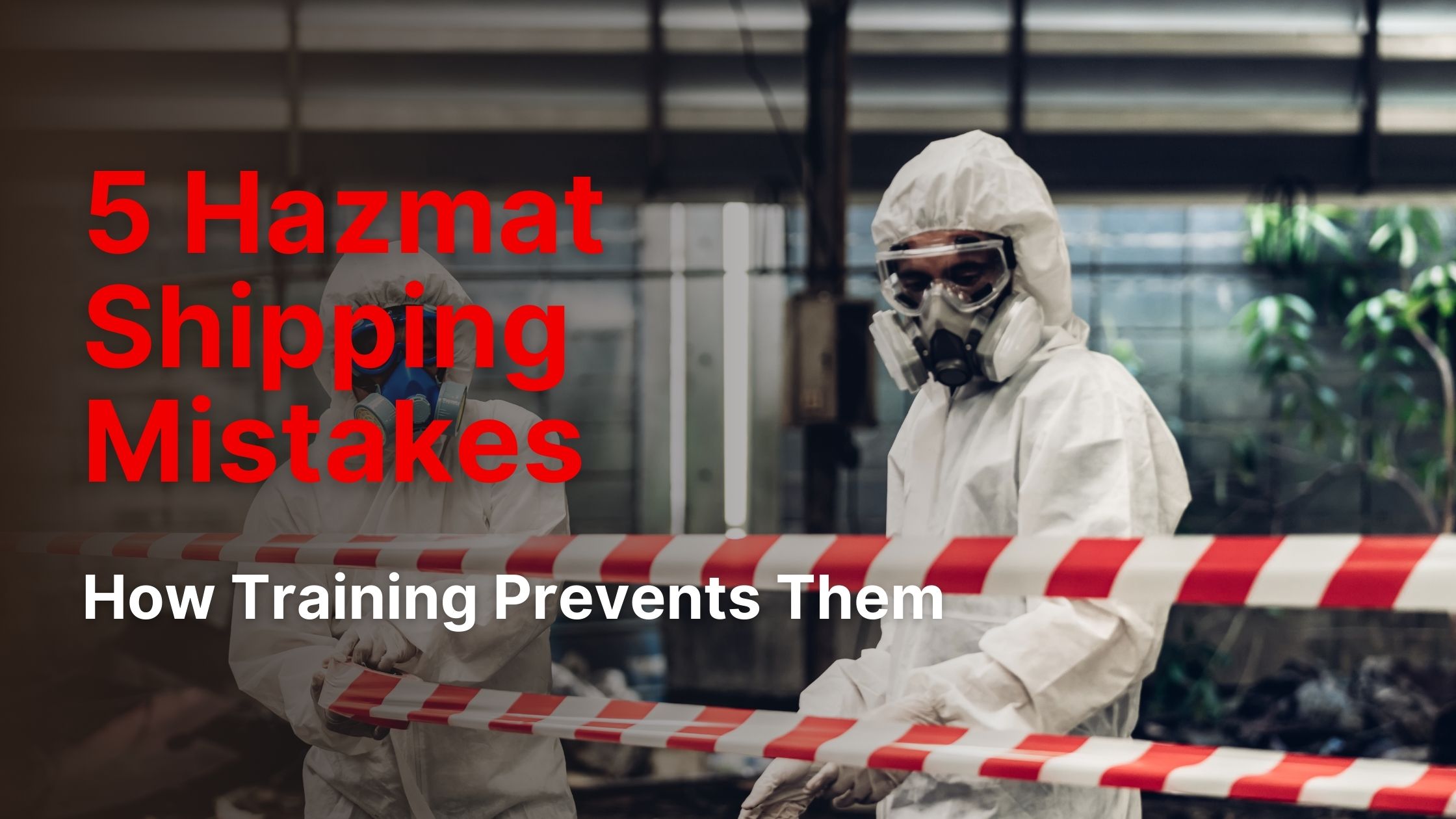What Hazmat Certification Actually Means
Think of hazmat certification as your professional safety passport. Without it? You can't legally touch, move, or work near dangerous materials. Simple as that. The Department of Transportation makes everyone refresh their training every three years. Why so often? Because safety standards evolve constantly. New chemicals get developed. Threats change. Even your memory fades over time. Here's something that might surprise you: CVSA inspectors caught 140 hazmat violations during roadside checks in 2024. Loading mistakes caused 42.9% of those violations. That's nearly half! Basic procedures that should've been automatic. Your job determines which certification you need. Warehouse workers require different training from truck drivers. Office staff handling paperwork need yet another type.The Five Training Components DOT Requires
Federal law mandates five specific training areas. Miss even one? You're facing serious legal trouble. General Awareness Training covers the basics. You'll learn different hazmat categories and understand why regulations exist. This training helps during unexpected situations, and trust me, they happen. Function-Specific Training targets your exact duties. Loading trucks? You'll master proper techniques. Managing paperwork? You'll understand every form requirement. This focused approach prepares you for daily responsibilities. Safety Training addresses hazard recognition and emergency response. You'll discover how to protect yourself and others during crises. This training saves lives when disasters strike. Security Awareness Training teaches threat identification and prevention. You'll spot suspicious activities and secure hazmat from unauthorized access. Today's security concerns make this increasingly vital. In-depth Security Training applies to high-risk positions handling specific hazmat types. This advanced component covers enhanced security protocols for sensitive materials.Job-Specific Certification Paths
Different positions need different certifications. Understanding these categories helps you pick the right training path. Drivers transporting hazmat need Commercial Driver's Licenses with hazmat endorsements plus specialized DOT training. Warehouse and loading teams focus on safe handling and storage practices. Training covers lifting techniques, container inspections, and emergency procedures. Administrative staff managing shipping papers and placards need documentation-focused training. They verify all paperwork meets federal standards before shipments leave. Supervisors need comprehensive training covering all operational aspects plus leadership duties. They must understand every certification type to manage teams effectively.Understanding the Nine Hazmat Classes
Transportation regulations divide dangerous materials into nine categories. Each hazmat class has unique requirements affecting your certification needs.Class 1 - explosives require the highest training levels and security clearances. Workers handling these materials need specialized certifications with extensive background checks. One mistake here? Catastrophic consequences.
Classes 2 and 3 - gases and flammable liquids - appear across many industries. Training emphasizes ventilation, fire prevention, and emergency response. You'll encounter these in industrial cleaning, fuel transport, and manufacturing.
Classes 4 through 6 - include flammable solids, oxidizers, and toxic materials. You'll learn storage compatibility rules and environmental factors affecting safety. Some materials can't be stored together - period.
Classes 7 through 9 - cover radioactive materials, corrosives, and miscellaneous hazmat. Radioactive materials need special highway permits. Corrosives require specific containment because they literally eat through containers. Most professionals need multi-class training. Few workplaces handle just one hazmat type.
Staying Current and Compliant
Getting certified once isn't enough. Federal law requires renewal every three years. This keeps you updated on changing regulations and safety improvements. Employers have 90 days to train new hires or workers changing roles. Until then? You work under direct supervision. This protects everyone while you develop the necessary skills. Training records must be kept for a minimum of three years and must be available for DOT inspections. Your certification documents prove compliance during audits and track professional growth. Penalty increases make compliance critical. OSHA's maximum penalties hit $16,131 per serious violation in 2024. Willful violations cost up to $161,323. These aren't parking tickets - they're business-ending fines.Industry-Specific Requirements
Each industry has unique hazmat needs based on materials handled and transport methods. Transportation companies need comprehensive programs covering all movement aspects. Drivers get CDL endorsements. Dispatchers get documentation training. Warehouse staff get loading certifications. Manufacturing facilities often need product-specific training. Process safety management becomes crucial with highly dangerous chemicals. Workers might need both OSHA and DOT training. Healthcare settings require biological sample and medical waste training. These materials have completely different packaging requirements than industrial chemicals. Emergency response teams need the highest available training levels. They prepare for any dangerous material incident type.Choosing Training Providers
Quality training separates meaningful education from box-checking exercises. Your choice impacts compliance and safety outcomes. Seek providers with solid industry credentials and experienced instructors. Verify programs meet all DOT and OSHA requirements for your needs. ICCouncil.org’s hazmat programs offer comprehensive coverage with flexible online options. Consider your learning style and schedule. Online programs suit busy professionals. Others prefer hands-on instruction. Top providers offer multiple delivery methods. Ensure training covers current regulations. Standards change regularly, so providers should update content frequently. ICCouncil's curriculum stays current with the latest requirements.Investment and Returns
Hazmat certification requires a significant investment. Understanding costs helps inform training decisions. Costs vary by certification type, delivery method, and provider reputation. Basic certifications typically cost less than supervisory programs. Online options often provide better value than classroom instruction. Consider non-compliance costs too. OSHA penalties exceed $160,000 for willful violations. Insurance premiums spike after safety incidents. Many employers see immediate returns through fewer accidents and better efficiency. Trained employees make fewer mistakes and handle materials more safely. This means lower costs and higher productivity.Future Trends
The hazmat industry is evolving with new technologies and regulations. Understanding trends helps prepare for future requirements. Online training adoption has exploded. Digital platforms offer better tracking, engaging content, and greater accessibility. This trend continues as technology advances. Regulatory changes happen more frequently. Authorities respond to new safety challenges constantly. Climate change, emerging threats, and technological advances drive regular requirement updates. Integration with other safety programs is growing. Organizations combine hazmat training with general safety, environmental compliance, and security awareness for comprehensive coverage.Conclusion
Hazmat certifications protect lives and keep businesses compliant. Getting the right training might seem complex initially, but understanding your specific needs makes the process straightforward. Whether you're loading trucks, managing paperwork, or supervising teams, proper certification ensures safety and legal compliance. Choose quality training providers and stay current with renewals. Your investment in hazmat education pays dividends through reduced incidents, better efficiency, and peace of mind. Start your certification journey today and build a safer workplace for everyone.FAQs
How often do you renew?Federal law requires renewal every three years. This keeps you updated on changing safety standards and regulations. Some employers demand more frequent training based on specific workplace needs or high-risk operations.
Can you certify online?
Yes, many programs work online and meet identical DOT standards as classroom training. Online certification offers flexibility for busy schedules. You get the same quality education with convenient access from anywhere.
What happens without certification?
Working with hazmat without proper certification breaks federal law. You face personal fines, job termination, and legal liability issues. Your employer also receives significant penalties from regulatory agencies during inspections.
Do different hazmat types need separate certifications?
Your job function determines certification needs, not necessarily the hazmat types you encounter. However, specialized materials like radioactive substances require additional endorsements. Some roles need multiple certifications depending on workplace responsibilities.

